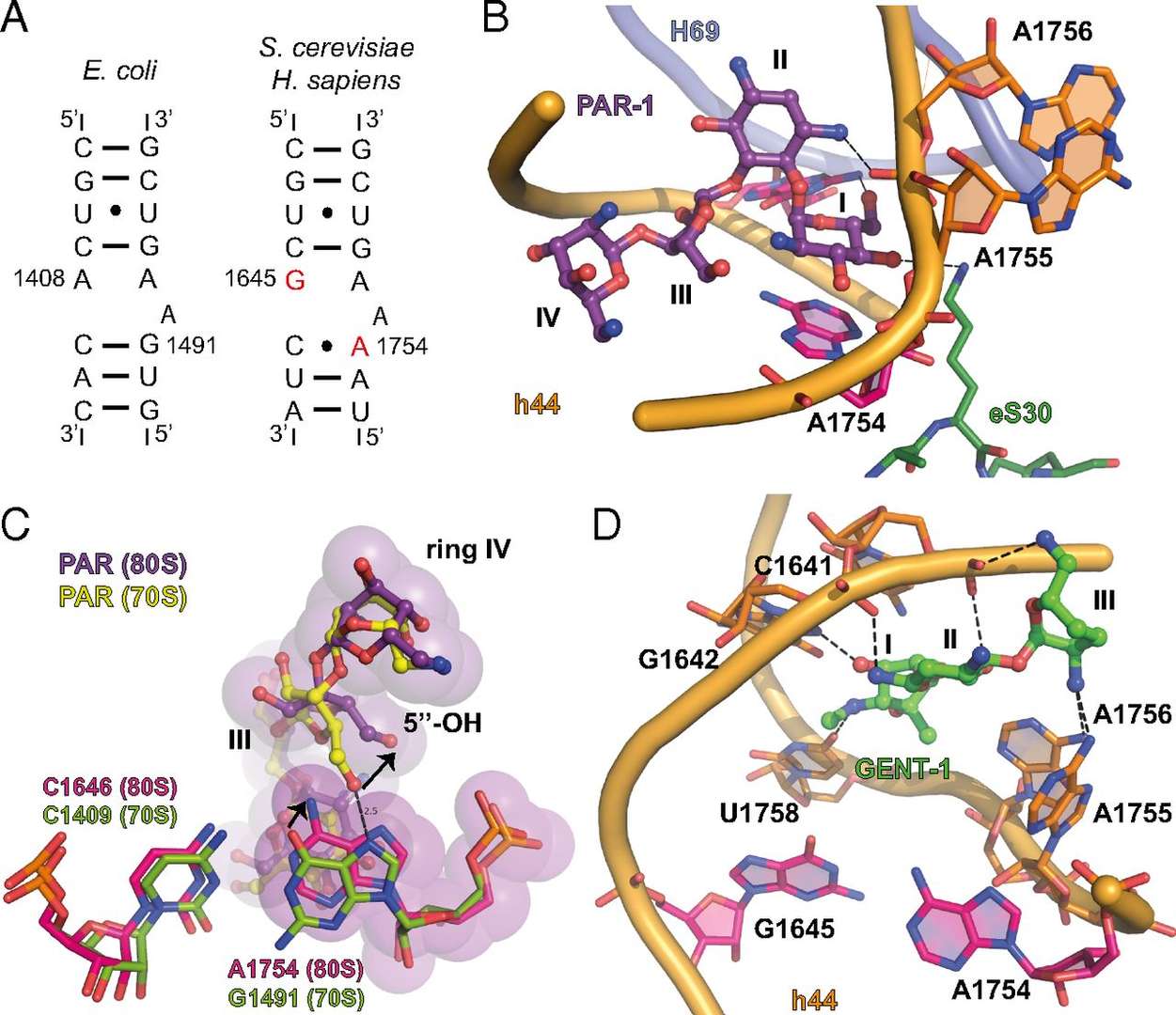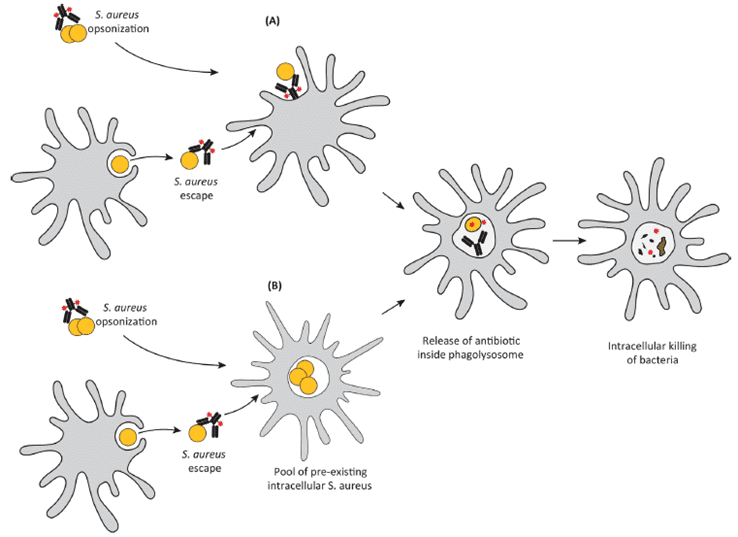Aminoglycosides
Antibody-antibiotic conjugate (AAC) is a novel therapeutic modality with the potential to treat antibiotic-resistant bacterial infections, which possesses the key attributes of both antibody and antibiotic. The specific AAC has been recently demonstrated to show promise in the treatment of methicillin-resistant Staphylococcus aureus (MRSA). With years’ experience in antibody-drug conjugate (ADC) discovery and development, Creative Biolabs has extensive technology platforms for antibody and linker-payload production and now we provide our customer with high-quality AACs development services.
Introduction
Aminoglycoside is a medicinal traditional Gram-negative antibacterial therapeutic agent by restraining protein synthesis of bacteria, which contains a portion of amino-modified glycoside (sugar) molecule. Aminoglycoside antibiotics exhibit effective bactericidal activity against Gram-negative aerobes and some anaerobic bacilli where resistance has not yet emerged, but generally have no bactericidal activity against Gram-positive and anaerobic Gram-negative bacteria. Streptomycin is the first discovered aminoglycoside antibiotic in history. It is derived from Streptomyces griseus and is the earliest modern agent used to treat tuberculosis. Other members of this class of streptomycin lack the common 2-deoxystreptamine moiety, such as deoxystreptamine-containing agents kanamycin, tobramycin, gentamicin, and neomycin.
Mode of Action of Aminoglycosides
Aminoglycoside drugs play an antibacterial role by interfering with bacterial protein synthesis. After the aminoglycoside drugs enter the human body, it will enter the bacteria cells through the hydrophilic channel of the Gram-negative bacteria and then combines with the ribosomes which are responsible for the synthesis of protein. Aminoglycosides combine with the ribosome 30S subunit of the bacteria and the messenger RNA initiation codon to form an immovable compound called streptomycin monomer. The synthesis of protein is done with the ribosome moving along the messenger RNA. The streptomycin monomer can inhibit the protein synthesis at the beginning stage, thus affecting the survival of the bacteria. Aminoglycosides also deconstruct the ribosome which is synthesizing protein, terminate the synthesis of protein in advance, or interfere with the ongoing protein synthesis by providing the wrong amino acid to make the synthesized protein lose its function. Some abnormal protein can also insert into the cell membrane and affect the permeability of the cell membrane, thereby accelerating the process of aminoglycosides entering bacteria.

Fig.1 Aminoglycosides target the decoding center of the 80S ribosome in different ways. (Prokhorova, 2017)
Aminoglycoside-based AACs
AAC is a promising therapeutic approach for bacterial infection and aminoglycosides can serve as its payload. The monoclonal antibody component of AAC selectively binds the bacterial antigen, resulting in internalization of the AAC-antigen complex through the process of receptor-mediated endocytosis. The AAC-antigen complex then traffics to lysosomal compartments and is degraded, releasing active cytotoxic antibiotics inside the cell. Free antibiotic causes bacterial cell death depending on the drug's mechanism of action.
 Fig.2 Mechanisms of action of AAC. (Mariathasan, 2017)
Fig.2 Mechanisms of action of AAC. (Mariathasan, 2017)
Based on our advanced organic synthesis platform and professional scientists team, Creative Biolabs is dedicated to helping you develop high-quality AACs by designing and synthesizing aminoglycosides-linker and conjugating the complex to a specific antibody in a timely and cost-effective manner. Please feel free to contact us for more information and a detailed quote.
References
- Prokhorova, I.; et al. (2017). “Aminoglycoside interactions and impacts on the eukaryotic ribosome.” Proceedings of the National Academy of Sciences, 201715501.
- Mariathasan, S.; Tan, M. W. (2017). “Antibody-antibiotic conjugates: a novel therapeutic platform against bacterial infections”. Trends in Molecular Medicine, 23(2), 135.
For Research Use Only. NOT FOR CLINICAL USE.
Related Sections
Antibody-antibiotic Conjugate (AAC): Services:
Welcome! For price inquiries, please feel free to contact us through the form on the left side. We will get back to you as soon as possible.
Contact usUSA
Tel:
Fax:
Email:
Europe
Tel:
Email:
Germany
Tel:
Email:

